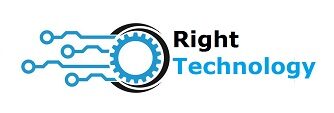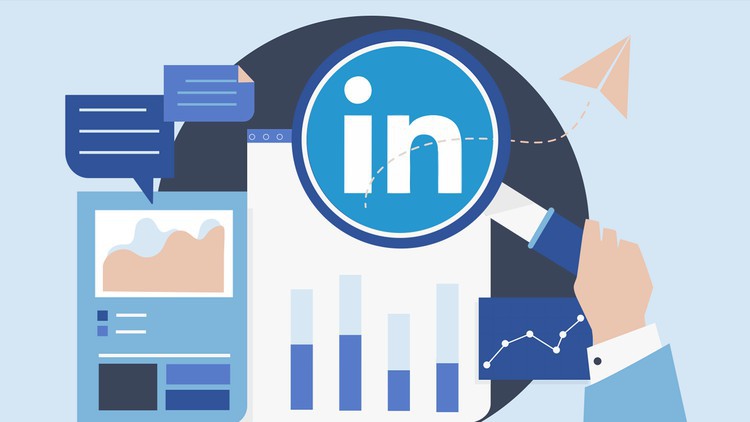Unlocking Success: Analyzing LinkedIn Ad Performance Metrics for Optimal Results
Effectively analyzing LinkedIn ad performance metrics is crucial for maximizing the success of your campaigns. By understanding and interpreting these metrics, you can make data-driven decisions that enhance your LinkedIn ad optimization efforts. This article delves into the key performance metrics you should monitor and explains why partnering with an agency can streamline your LinkedIn management and improve your ad outcomes.
Key LinkedIn Ad Performance Metrics
To optimize your LinkedIn ads, it’s essential to track and analyze the following performance metrics:
- Click-Through Rate (CTR): CTR measures the percentage of people who click on your ad after seeing it. A high CTR indicates that your ad is compelling and relevant to your audience. To calculate CTR, divide the number of clicks by the number of impressions and multiply by 100.
- Cost Per Click (CPC): CPC indicates the amount you pay each time someone clicks on your ad. Monitoring CPC helps you manage your budget effectively and ensure you’re getting a good return on investment. Lowering CPC while maintaining a high CTR can significantly improve your campaign’s efficiency.
- Conversion Rate: This metric measures the percentage of clicks that result in a conversion, such as filling out a form or making a purchase. A high conversion rate indicates that your ad and landing page are effective at convincing users to take the desired action.
- Cost Per Conversion (CPA): CPA, or cost per acquisition, measures the cost of acquiring a new customer or lead through your ad campaign. Lowering CPA while maintaining high conversion rates is essential for achieving a positive ROI.
- Engagement Rate: Engagement rate measures the level of interaction users have with your ad, including likes, comments, and shares. High engagement rates often correlate with increased visibility and brand awareness.
- Impressions and Reach: Impressions indicate how many times your ad is displayed, while reach measures the number of unique users who see your ad. Tracking these metrics helps you understand your ad’s visibility and the breadth of your audience.
- Demographic Insights: LinkedIn provides detailed demographic data on the audience engaging with your ads, including job titles, industries, and geographic locations. This information is valuable for refining your targeting strategies and ensuring your ads reach the most relevant audience.
How to Analyze and Optimize Your LinkedIn Ad Performance
- Set Clear Objectives: Before analyzing your metrics, establish clear objectives for your LinkedIn ad campaigns. Whether your goal is brand awareness, lead generation, or sales, having specific targets will guide your analysis and optimization efforts.
- Benchmarking: Compare your current performance metrics against industry benchmarks and past campaign data. This helps you understand how your ads are performing relative to your competitors and identify areas for improvement.
- A/B Testing: Conduct A/B tests by creating multiple versions of your ads with different headlines, images, and CTAs. Analyze the performance of each version to determine which elements resonate best with your audience and optimize accordingly.
- Monitor and Adjust Bids: Regularly monitor your CPC and CPA metrics to ensure you’re bidding effectively. Adjust your bids based on performance data to maximize your budget’s efficiency and achieve better results.
- Refine Targeting: Use demographic insights to refine your targeting parameters. Focus on the audience segments that show the highest engagement and conversion rates to improve overall campaign performance.
- Optimize Ad Creative: Continuously review and update your ad creative based on performance data. High-quality images, compelling headlines, and clear CTAs are crucial for maintaining high engagement and conversion rates.
The Benefits of Working with an Agency for LinkedIn Ad Optimization
Managing and optimizing LinkedIn ad campaigns can be complex and time-consuming. Partnering with an agency that specializes in LinkedIn ad optimization offers several advantages:
- Expert Analysis: Agencies have experienced professionals who can interpret complex data and provide actionable insights. They can identify trends and make data-driven recommendations to optimize your campaigns.
- Resource Efficiency: By handling the intricacies of LinkedIn ad management, an agency frees up your team to focus on core business activities, ensuring that your marketing efforts are not disrupted.
- Advanced Tools and Technologies: Agencies have access to advanced analytics tools that offer deeper insights and more accurate data. These tools can significantly enhance your LinkedIn ad optimization efforts.
- Customized Reporting: Agencies provide customized reports tailored to your business goals. These reports offer clear, concise information that helps you understand your campaign performance and make informed decisions.
- Continuous Optimization: Agencies provide ongoing support and optimization, ensuring that your campaigns perform at their best. They continuously monitor your ads, conduct A/B testing, and adjust strategies based on real-time data to achieve the best possible results.
Implementing Best Practices for LinkedIn Ad Optimization
- Regular Performance Reviews: Schedule regular reviews of your LinkedIn ad performance metrics to stay on top of trends and identify areas for improvement. Use these insights to make data-driven adjustments to your campaigns.
- Leverage Automation Tools: Utilize LinkedIn’s automation tools for bid adjustments and budget optimization. These tools can help you maintain efficient spending and improve ad performance.
- Engage with Your Audience: Monitor and respond to comments and interactions on your ads. Engaging with your audience can increase visibility and foster a stronger connection with your brand.
- Stay Updated on LinkedIn Trends: Keep up with the latest trends and updates on LinkedIn’s advertising platform. Adapting to new features and best practices can give you a competitive edge.
Conclusion
Analyzing LinkedIn ad performance metrics is essential for effective LinkedIn ad optimization. By focusing on key metrics such as CTR, CPC, conversion rate, and demographic insights, you can make informed decisions that enhance your ad campaigns. Partnering with an agency can further streamline your LinkedIn management, providing expert analysis, advanced tools, and continuous optimization to achieve superior results. With the right approach, you can maximize the impact of your LinkedIn advertising and drive significant business growth.


Leave a Reply
You must be logged in to post a comment.